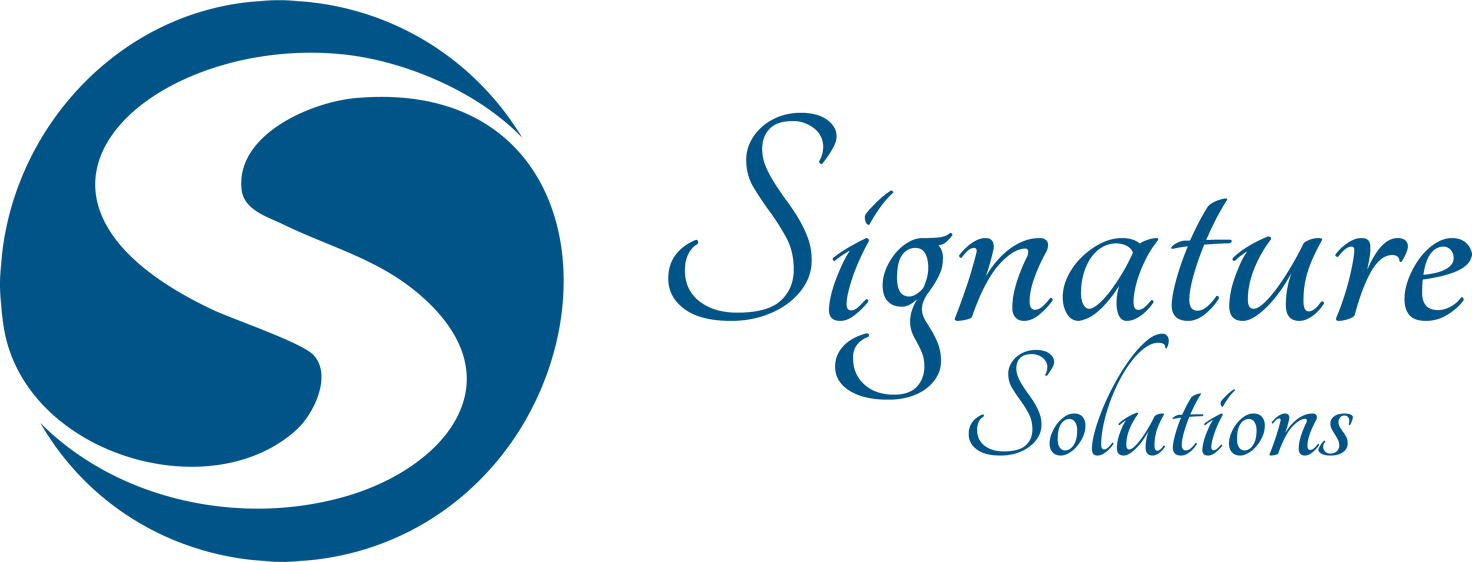Organizational success is driven by the quality of its workforce. However, acquiring quality employees has become increasingly challenging for businesses today, especially as more companies are vying for top talents across different levels and sectors.
To stay ahead, organizations must adopt modern recruitment strategies that go beyond traditional postings. The key to success lies in leveraging various tools, improving candidate experiences, and more, which this guide will explore further.
Read below to learn more about the best recruitment tools and initiatives, as well as other helpful insights for employers.
Key Takeaways:
- A strong recruitment strategy enhances quality hires, reduces hiring time, and boosts retention for long-term success.
- Employer branding plays a crucial role, as candidates today prioritize company culture, values, and online presence when choosing where to apply.
- Leveraging modern technology like ATS, AI, and video interview platforms streamlines the hiring process, increasing efficiency and candidate engagement.
- Building a talent pipeline and utilizing employee referral programs ensures businesses are prepared for future needs, driving faster and more cost-effective recruitment.
Why Recruitment Strategies Matter
Recruitment strategies are structured plans that outline how companies source, attract and retain employees. When done right, these hiring initiatives can help organizations ensure their hiring efforts align with business objectives and build strong internal teams.
These initiatives are essential to achieve the following benefits:
- Higher quality hires: Targeted recruitment leads to candidates who fit the company’s culture and values.
- Reduced hiring time: Streamlined processes prevent prolonged vacancies that disrupt operations.
- Lower turnover rates: Having a solid recruitment approach helps retain employees, reducing rehiring costs.
- Competitive advantage: Companies with a well-defined hiring process attract top professionals before competitors, allowing them to capitalize on such talents and drive significant organizational growth.
Failing to implement a strategic hiring approach can lead to unfilled positions, high turnover, and lost productivity. Because of that, organizations must continuously evolve their recruitment efforts to stay competitive.
What Are the Elements of a Successful Recruitment Strategy?
To create a winning recruitment strategy, businesses must focus on the following core elements. These include:
Employer branding
A strong employer brand is critical for attracting top talent. Candidates evaluate not just salaries or benefits but also company culture, mission, and workplace reputation before applying. This is because they’re increasingly seeking alignment between their personal values and those of the organizations they are considering joining.
Here’s a detailed breakdown of how you can improve your organization’s employer branding.
- Enhance online presence: Keep your career pages and social media profiles updated and showcase your company culture in them.
- Leverage employee testimonials: Share positive employee experiences to build credibility and a view of what it’s like to work for the company.
- Promote industry recognition: Highlight awards and achievements to attract candidates.
Candidate experience
A positive candidate experience can make or break the hiring process. If applicants find the hiring experience negative at the onset, they will likely not proceed with your company and will look elsewhere.
Here are some ways to improve your candidate experience:
- Ensure transparent communication: Always keep candidates informed throughout the hiring process, setting their expectations regarding timelines, next steps, and feedback.
- Personalize interactions with every candidate: Address candidates by name and provide tailored feedback. Doing so creates a more engaging and respectful experience, making candidates feel valued and recognized as individuals rather than just numbers in the hiring process.
- Simplify the Application Process: Avoid long and complicated application forms and other barriers that can deter potential candidates from applying.
Diverse sourcing channels
The job market is becoming more competitive today, so employers must leverage various channels to reach their desired candidates.
Some of the best channels for sourcing candidates include:
- Job boards: Use general platforms like Indeed and Glassdoor to advertise your opportunities. You can also use niche-specific channels to attract candidates in certain industries.
- Social media: Engage with potential employees via LinkedIn and X (formerly Twitter).
- Networking or career events: Attend job fairs or similar networking events to connect with potential candidates face-to-face.
- Talent communities: Build a database of passive candidates for future hiring needs.
Employee Value Proposition (EVP)
Creating a compelling EVP is key to differentiating your company from competitors. Some of the key EVP components include:
- Competitive compensation: Offer salaries aligned with industry standards.
- Attractive benefits packages: These are health insurance plans, remote work opportunities, and wellness programs.
- Career growth opportunities: Provide opportunities for training, mentorship, and promotions.
Innovative Hiring Strategies To Implement
As the job market continues to evolve, employers must implement creative strategies to attract talent that can drive significant organizational growth. The following are some of the best practices that modern businesses can use:
Leveraging technology in recruitment
Technology heavily influences modern recruitment, with AI-driven tools and automation becoming indispensable in enhancing efficiency, accuracy, and candidate experience. One of the best tools available is the Applicant Tracking System (ATS).
These systems automate the resume screening process, allowing recruiters to sift through a large volume of applications quickly. ATS can rank candidates based on keywords and qualifications, helping recruiters shortlist the most relevant applicants faster. They also streamline the scheduling of interviews and ensure compliance with hiring regulations.
Besides ATS, other tools employers can implement include:
- AI-powered recruitment tools
- Video interview platforms
- Virtual reality (VR) communication
- Chatbots for candidate engagement
These modern programs not only streamline operations but also ensure that hiring strategies are smarter and more efficient, saving time and improving outcomes for employers.
Implementing effective recruitment marketing
Recruitment marketing is about using branding and content strategies to attract the right candidates. By implementing strong marketing tactics, employers can create a magnetic employer brand that draws top talents in the market.
Here are a few key strategies for effective recruitment marketing:
- Optimize job descriptions for search engines: Include relevant keywords related to the role, skills, and location, ensuring that your job listings appear in search results when potential candidates are searching for positions like yours.
- Publish employer brand videos: Video content is highly engaging and can be used to showcase your company culture, values, and work environment effectively, allowing you to create an authentic and transparent portrayal of what it’s like to work at your organization. Videos are also more likely to be shared on social media, helping you reach a larger pool of candidates.
- Create targeted ad campaigns: Running targeted recruitment ads on social media platforms such as LinkedIn, Facebook, or Instagram allows you to reach your ideal candidates directly. These platforms offer robust targeting options, allowing recruiters to hone in on specific demographics, industries, and skill sets that align with their hiring needs.
Using employee referral programs
Employee referral programs are often overlooked as a reliable recruitment tool, yet they can dramatically increase the chances of finding excellent candidates in the market. Referrals are often more successful than external sourcing, and here’s why:
- Higher quality hires: Employees tend to refer candidates who share similar values and work ethics. Since employees understand the company’s culture and expectations, they are more likely to recommend individuals who will thrive within the organization.
- Faster recruitment process: Referred candidates tend to move through the hiring process quicker. Since they come with a recommendation from an existing employee, they can bypass some of the initial screening stages, leading to a faster and more efficient hiring cycle.
- Cost-effectiveness: Referral incentives, whether financial or in the form of additional perks, are generally less expensive than sourcing candidates through traditional channels. Plus, referrals often result in higher retention rates, reducing the cost of turnover in the long term.
Building a talent pipeline
A well-maintained talent pipeline ensures that companies are always prepared for future hiring needs. Rather than scrambling to fill positions when they become available, organizations can proactively engage with potential candidates well in advance.
Here’s how to build and maintain a strong talent pipeline:
- Networking with passive candidates: Stay connected with passive candidates—those not actively job-hunting but open to future opportunities. Engage them through platforms like LinkedIn and various networking events to keep your organization on their radar for the right role.
- Hosting internships and graduate programs: Internships and graduate programs attract emerging talent while offering a chance to assess their skills and cultural fit. These programs provide a steady stream of potential hires who can seamlessly transition into full-time roles.
- Engaging with alumni networks: Maintain relationships with former employees or interns who left on good terms. Alumni are familiar with your culture and processes, making them valuable candidates for rehire while reducing onboarding time and effort.
Partnering with Recruitment Experts
Collaborating with recruitment experts or agencies can significantly enhance your hiring efforts. These partners specialize in identifying, engaging, and placing top talent. They can also bring several advantages, including:
- Access to a broader talent pool: Recruitment firms have extensive networks and access to candidates who may not be actively job hunting, including passive candidates and hard-to-reach specialists.
- Expert guidance: Recruitment agencies can provide valuable industry insights and help fine-tune your hiring strategy to align with the latest market trends.
- Faster hiring process: With their experience and resources, recruitment experts can help streamline the hiring process, reducing time-to-hire while ensuring you’re selecting candidates who are the right fit for your organization.
- Reducing hiring risks: Partnering with professionals minimizes the likelihood of making poor hiring decisions, as they screen candidates thoroughly and offer guarantees for placements.
Attract The Best Talent For Your Company
As competition for top talents intensifies, companies must adopt innovative recruitment strategies to remain successful. Strong employer branding, providing seamless candidate experiences, and advanced technology-driven hiring all contribute to a more effective recruitment process.
By investing in these strategies, you can reduce hiring time, attract quality candidates, and improve employee retention.
For expert recruitment management solutions and other similar services, visit Signature Solutions. We can help build customized strategies to find and retain the best talents in the market.
Ready to transform your hiring process? Connect with Signature Solutions today.


